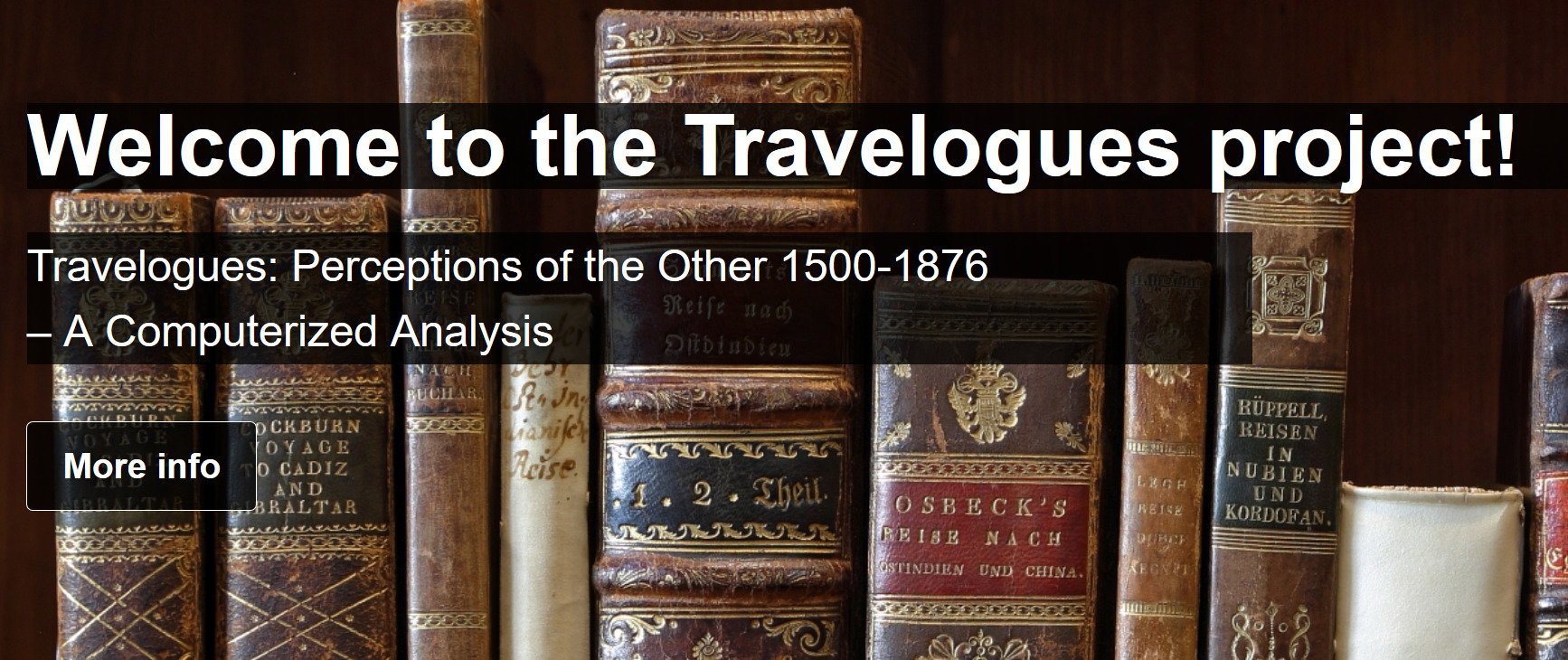As a first step, we have first identified the published reports of European travelers and entered them into a Zotero bibliography, accompanied with related primary and secondary literature. We have identified about 530 individual reports so far. Digital copies of approximately 95% of the initial sampling are available from Google Books and Hathi Trust. These copies will be used for the project. An online portal will provide information about the travelers and their reports, and it will also give access to the copyright-free full texts of these works.
The processed data, which includes texts, images, and metadata, will be presented via the GIS functionality of the platform (integrated into OSDS). The itineraries will thus be visualized. Copyright-free images that are found in the travelogues will be assigned to the relevant locations and are displayed or linked on the platform. This will make the travel experience vividly comprehensible and place the texts and relevant media in geographical context.
For the indexing of the reports, we import the files into a search index, and we extract the relevant entities. This process renders a faceted search in the Apache / Solr index possible. For this purpose, we benefit from Open Semantic Search as the search environment, which offers an integrated NER. In a further development phase, we will use the Linked Data capacities of Open Semantic Search, and we will integrate additional metadata about the travelers and the places that they visit. Targeted place names can be automatically introduced via Wikidata into the NER. Since it is impossible to avoid errors in the automated generation of facets and metadata, manual post-processing and enrichment of the texts will be necessary.


